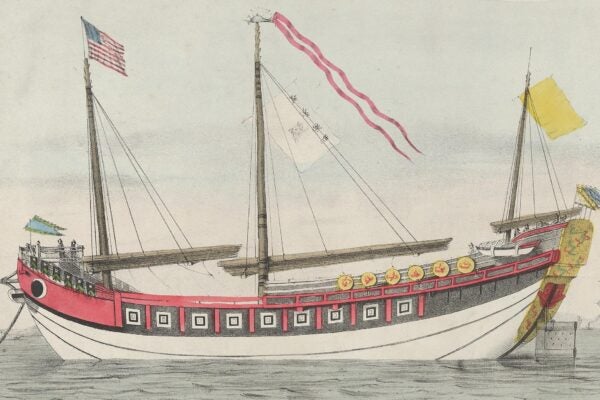Enslavement and indenture in 1619 (The Guardian)
by Nell Irvin Painter
2019 marks the 400th anniversary of the first arrival of unfree Africans in Virginia. But to call this the start of American slavery flattens history of the racialized chattel slavery system and makes it hard to understand the agency of black people in America.
Excavating Woodstock (Atlas Obscura)
by Isaac Schultz
An archeological dig at the site of the Woodstock festival turned out to reveal, more than anything else, the remarkable success the hippies had at cleaning up after themselves.
Cooperating to create the first life (The Atlantic)
by Ed Yong
The question of how mere chemistry gave rise to biological life is longstanding and contentious. New evidence suggests an interesting symbiosis between fatty-acid membranes, amino acids, and RNA that might help our understanding.
Why sailors take warning (The New York Times)
by Randall Munroe
Why does a red sky at night mean sailors delight? Why is the opposite true for a red sky in the morning? It turns out there’s real reason—which can be explained with cartoons.
The power of credulity (Aeon)
by Emily Ogden
The notion of “debunking” depends on a vision of a modern, secular, rational individual who thinks his own thoughts. But the way it plays out in practice shows how our actions and thoughts take root in social relationships.
Got a hot tip about a well-researched story that belongs on this list? Email us here.






